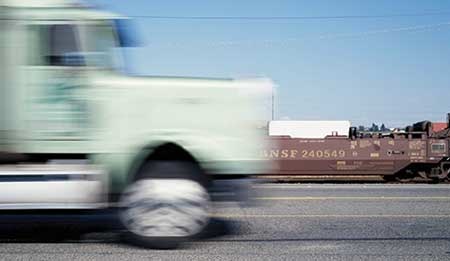Phillip Longman on trains. Here’s a taste, but go read it all.
… By all rights, America’s dilapidated rail lines ought to be a prime candidate for some of that spending. All over the country there are opportunities like the I-81/Crescent Corridor deal, in which relatively modest amounts of capital could unclog massive traffic bottlenecks, revving up the economy while saving energy and lives. Many of these projects have already begun, like Virginia’s, or are sitting on planners’ shelves and could be up and running quickly. And if we’re willing to think bigger and more long term—and we should be—the potential of a twenty-first-century rail system is truly astonishing. In a study recently presented to the National Academy of Engineering, the Millennium Institute, a nonprofit known for its expertise in energy and environmental modeling, calculated the likely benefits of an expenditure of $250 billion to $500 billion on improved rail infrastructure. It found that such an investment would get 85 percent of all long-haul trucks off the nation’s highways by 2030, while also delivering ample capacity for high-speed passenger rail. If high-traffic rail lines were also electrified and powered in part by renewable energy sources, that investment would reduce the nation’s greenhouse gas emission by 38 percent and oil consumption by 22 percent. By moderating the growing cost of logistics, it would also leave the nation’s economy 13 percent larger by 2030 than it would otherwise be.
Yet despite this astounding potential, virtually no one in Washington is talking about investing any of that $1 trillion in freight rail capacity. Instead, almost all the talk out of the Obama camp and Congress has been about spending for roads and highway bridges, projects made necessary in large measure by America’s overreliance on pavement-smashing, traffic-snarling, fossil-fuel-guzzling trucks for the bulk of its domestic freight transport. This could be an epic mistake. Just as the Interstate Highway System changed, for better and for worse, the economy and the landscape of America, so too will the investment decisions Washington is about to make. The choice of infrastructure projects is de facto industrial policy; it’s also de facto energy, land use, housing, and environmental policy, with implications for nearly every aspect of American life going far into the future. On the doorstep of an era of infrastructure spending unparalleled in the past half century, we need to conceive of a transportation future in which each mode of transport is put to its most sensible use, deployed collaboratively instead of competitively. To see what that future could look like, however, we need to look first at the past. …
